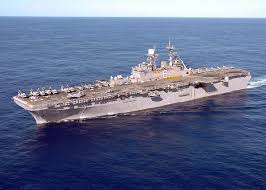
Frequently Asked Questions
Here are some of our FAQs. If you have any other questions you'd like answered please feel free to email us.
The Naval Ship Code (NSC) is a goal based standard that determines a minimum level of safety for Naval Vessels. It is the formal document published by NATO (as ANEP77) which includes the Code and supporting guide.
A “goal-based” standard, rather than relying on the existing rules, considers what the ultimate safety objective of the designer might be, and will consider a range of alternative design approaches that will reach this desired goal. Thus, whereas in the past the rules would have been specific over every detail, now, the over-arching objectives will be specified, giving the designer choice, and the freedom to innovate.
The International Naval Safety Association (INSA) was established in April 2008 in order to develop and maintain the Naval Ship Code. INSA participants are working together with the primary function of developing the Naval Ship Code.
Navies and Classification Societies involved in naval business may apply to join INSA.
A classification society is a non-governmental organisation that establishes and maintains technical standards for the construction and operation of ships and offshore structures. The society will also validate that construction is according to these standards and carry out regular surveys in service to ensure compliance with the standards.
By being a participant in INSA, an organisation would be able to keep abreast of development to the Naval Ship Code and be capable of contributing directly to that development. An INSA participating organisation can attend the INSA Annual General Meeting and participate in Working Groups developing the Naval Ship Code. In addition, participation gives an opportunity to meet other participating Navies and Classification Societies and share their experience with naval ship safety regulation.

